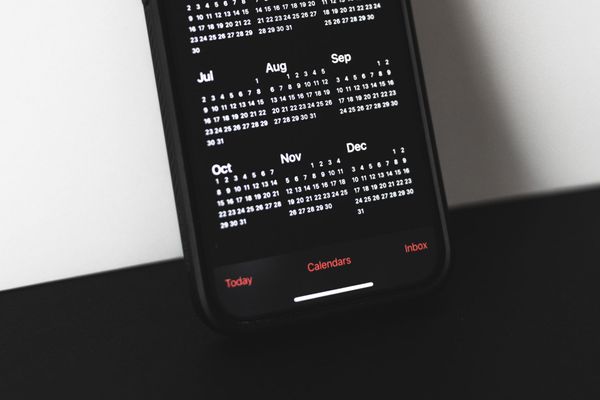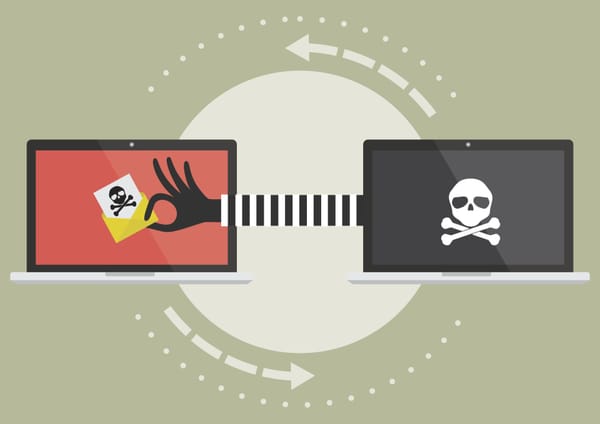Google Warns of ‘Google Calendar RAT’ Exploit in Security Report

Google's latest quarterly security report has raised alarms in the cybersecurity community about attackers' increasing use of native cloud tools to hide their malicious activities.
A proof-of-concept exploit has been identified, known as "Google Calendar RAT," which allows the weaponization of Google Calendar events for command-and-control (C2) operations.
Increasing Interest from cybercriminals
Initially posted on GitHub in June, the exploit has been forked multiple times, indicating a growing interest from cybercriminals. While no active attacks have been observed, the sharing of the exploit on cybercriminal forums suggests that attackers are considering its potential.
Google's Response
To counter the threat, Google has released a patch. However, Matt Shelton, Google Cloud's head of threat research and analysis, warns that "every cloud service could be used by an attacker to abuse customers," signaling that this may be the beginning of a new trend in cyberattacks.
Exploit Mechanism
The exploit was crafted by IT researcher Valerio Alessandroni and is notable for its simplicity, significantly reducing the amount of infrastructure needed for a C2 hub. The steps to use the exploit are as follows:
- Retrieve the
credentials.jsonfile and place it in the same folder as the malicious script. - Create a new Google Calendar and share it with the Google service account.
- Edit the script to point to the calendar address.
- Run commands by using the event description fields in the calendar.
Once deployed on a compromised machine, the RAT checks for commands, executes them, and returns the output within the event description field, effectively using the calendar as a terminal.
The simplicity and reliance on legitimate cloud infrastructure make the Google Calendar RAT particularly dangerous and challenging to identify and mitigate.
Staying Protected
In light of these threats, users are urged to take proactive measures to safeguard against RATs and other cyber threats. Recommendations include:
- Regularly updating all software to ensure the latest security patches are installed.
- Using specialized security software such as Bitdefender Ultimate Security to detect and neutralize RATs and other digital threats.
- Being cautious with calendar event invitations and links from unknown sources.
- Implementing strong, unique passwords and considering multi-factor authentication for an added layer of security.
- Learning about the latest cyber threats and staying informed about new security updates and practices.
tags
Author

Vlad's love for technology and writing created rich soil for his interest in cybersecurity to sprout into a full-on passion. Before becoming a Security Analyst, he covered tech and security topics.
View all postsRight now Top posts
How to Protect Your WhatsApp from Hackers and Scammers – 8 Key Settings and Best Practices
April 03, 2025
Outpacing Cyberthreats: Bitdefender Together with Scuderia Ferrari HP in 2025
March 12, 2025
Streamjacking Scams On YouTube Leverage CS2 Pro Player Championships to Defraud Gamers
February 20, 2025
How to Identify and Protect Yourself from Gaming Laptop Scams
February 11, 2025
FOLLOW US ON SOCIAL MEDIA
You might also like
Bookmarks








